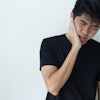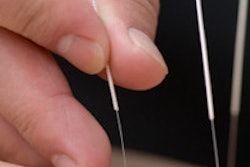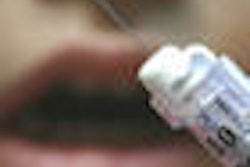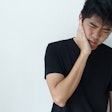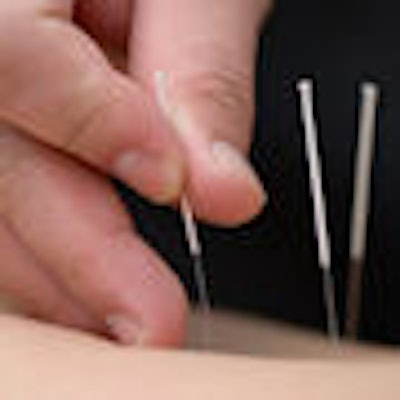
TORONTO - Acupuncture might calm patients who fear their dentists, but there isn't enough evidence yet to recommend this approach. So said researchers from King's College in the U.K. at the annual meeting of the International Association for Dental Research (IADR) on Wednesday.
The researchers headed by Nora Donaldson, Ph.D., M.Sc., searched Medline, EMBASE, the Cochrane database, and several complementary medicine databases for studies on acupuncture for dental anxiety. Discarding several smaller studies, they focused on three randomized controlled trials, added up the data, and found only weak evidence for the treatment.
The most promising study, published in Anesthesia & Analgesia in 2007 (February 2007, Vol. 104:2, pp. 295-300) included 67 subjects. Nineteen were randomized to auricular acupuncture that focused on the relaxation points, another 19 were randomized to sham acupuncture, 19 received nasal midazolam, and 10 received no treatment for dental anxiety.
After 30 minutes, investigators found that the Spielberger State-Trait Anxiety Inventory (STAI) scores decreased by 6.9 points in the acupuncture group, 14.4 in the midazolam group, and 4.11 in the sham acupuncture group. The differences among the three groups were statistically significant.
Another study the King's College researchers analyzed was published in the same journal in 2001 (February 2001, Vol. 92:2, pp. 548-553). In this study, 22 subjects were randomized to auricular acupuncture by the traditional Chinese medicine approach, 15 received auricular acupuncture focusing on the relaxation points, and the remaining 18 subjects received sham acupuncture. There was no statistically significant difference in the STAI score reduction after 30 minutes among the three groups, at -1.6, -5.85 and -1.68 points, respectively.
The final study analyzed, conducted by the same research team and published in the same journal (November 2001, Vol. 93:5, pp. 1178-1180), also found no significant difference in the STAI score reduction among the three groups, despite slightly more subjects in each group (at 31, 32, and 27 subjects, respectively).
Donaldson's team found significant flaws in all three studies. The 2007 paper did not justify the sample size that was used, and the two 2001 papers neither justified the sample size nor discussed the withdrawals and dropouts. The team determined that the studies were sufficiently homogeneous to group together, and found that the overall effect on STAI scores of auricular acupuncture was a significant reduction, of 4.47 points (95% confidence interval -8.09 to -0.84, p = 0.02). Still, they said, more study was needed before they could recommend acupuncture for anxiety.
The chair of the IADR session, Zakaria Messieha, D.D.S., an anesthesiologist at the University of Illinois at Chicago, also called for more research, in particular because researchers had used needles in different ways in the three studies. "The question is what the differences in technique are between auricular acupuncture using the traditional Chinese medicine approach and using relaxation points," he said.
